Disclosure: Meeple Mountain received a free copy of this product in exchange for an honest, unbiased review. This review is not intended to be an endorsement.
Cartographers is the sort of game that makes you say, Why didn’t I think of that? It’s so simple, but as far as the Flip ‘n Write genre goes, it is a worthy mainstay among the greats.
For those who have played Cartographers Heroes and grown familiar with the subtle but brilliant changes, you’ve probably found yourself saying, Why didn’t I think of that? They are so simple, but for the Flip ‘n Write genre, they are the sorts of changes that can keep a mainstay going.
David McMillan covered the base game in great detail for Meeple Mountain back in 2019, so if you want a deep dive on the original, check out his review of Cartographers.
Story is as story does, and you don’t need to know much of this one. Something about carrying out the queen’s edicts, but really isn’t a cartographer’s job to look around and sketch what they see? What rational-thinking Queen can dictate that the map-maker only draw a land where farm and water distribution is perfectly even along north to south parallels? What if such a world doesn’t exist? This is more a game of Terraforming, or maybe Terrapoesis. That is, land-making. But why quibble when it’s this much fun?
The sugar
In Cartographers Heroes, players are crafting seven terrain types onto an 11×11 grid of squares that comes with five predetermined mountain locations and a few Ruins locations (though the Ruins are largely unnecessary without a copy of the original game). The backside of each sheet includes another grid with several wasteland spaces designed to get in the way of fruitful labor.
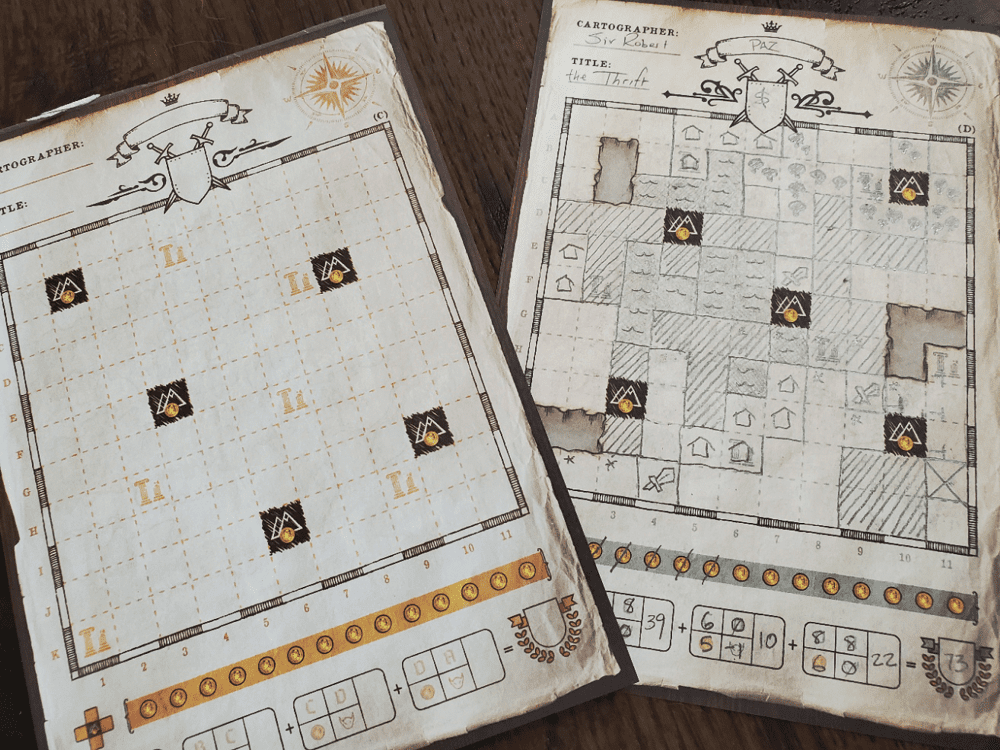
Across four seasons, players build their maps using information provided by flipped cards. Players must draw the polyomino depicted, marking it according to the provided terrain type. Some cards have choices in one or another category, but that is the crux of play.
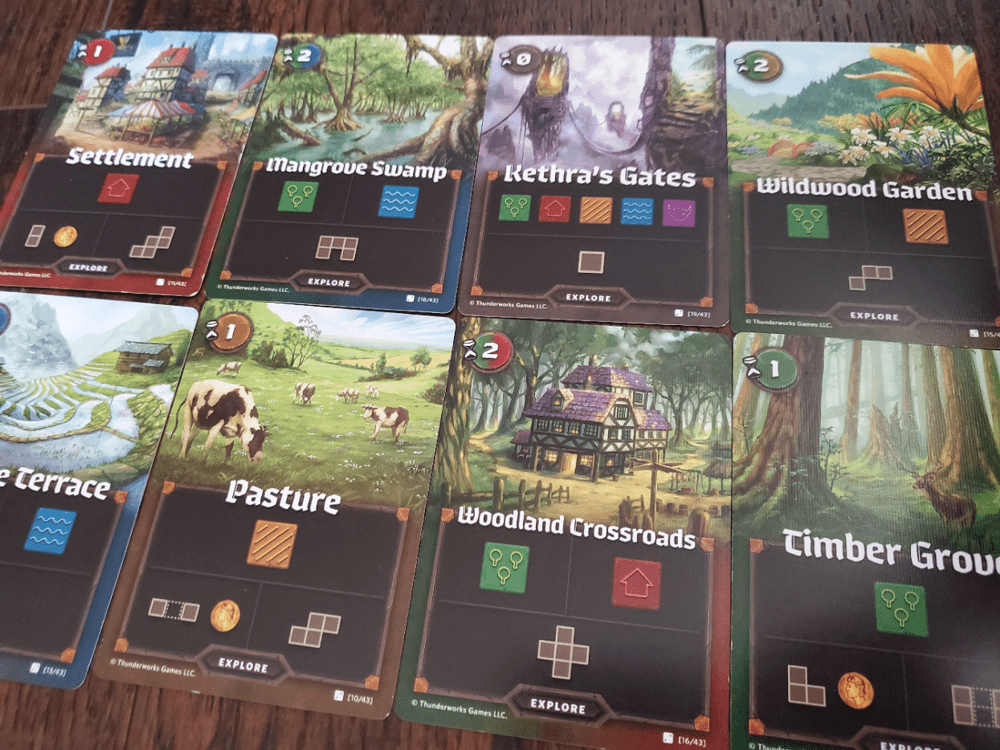
When a mountain is surrounded in the four cardinal directions (orthogonally) it yields a coin. Likewise, several cards also grant coins for choosing particular shapes—often those smaller and less comprehensively helpful. Coins compound, scoring every season, so they are always a solid investment.
At a season’s end—determined by adding up the numbers in the upper corner of each card until they meet or exceed the season’s threshold—two of the four edicts will score in a revolving-door style: A/B, B/C, C/D, D/A. Each of the edicts demands a certain terra-relationship: one involving Forest, one Farms & Water, one Villages, and one a meta-category of generic cartographical accomplishment. After four seasons, the winner is the player with the most points.
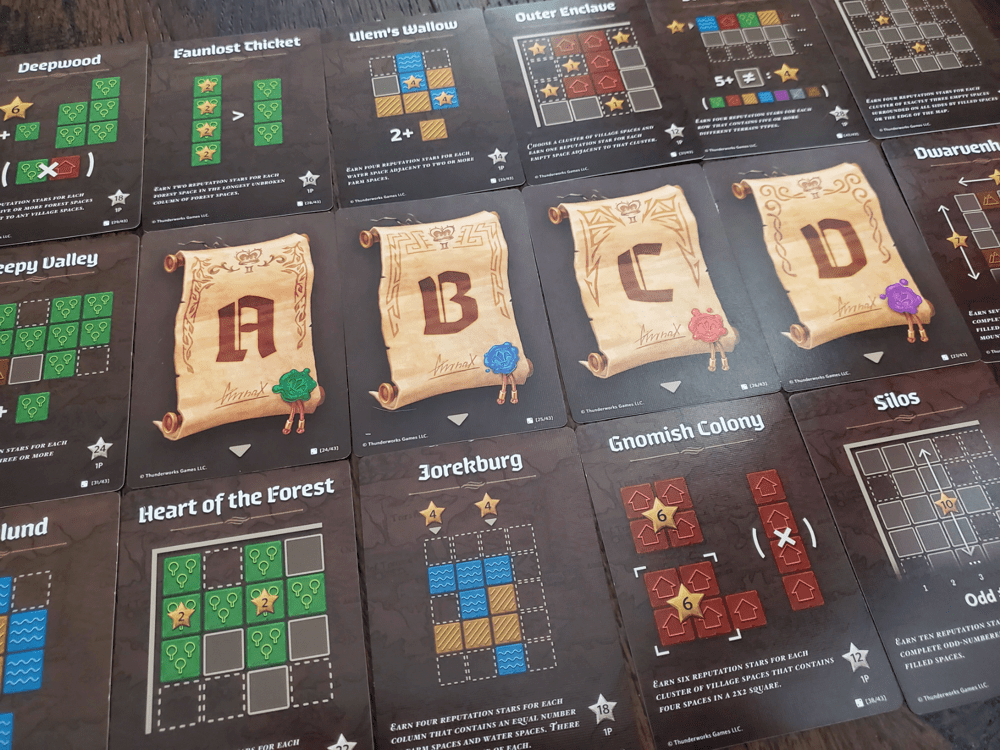
The spice…and counter-spice
Where Cartographers Heroes changes the recipe is in the Monster department. Every so often, a Monster card will enter the scene, calling players to pass their maps one direction or another to allow an opponent to place the devious critter. At every season’s end, every empty space orthogonally adjacent to a Monster results in the loss of a point.
The Monsters here have gone and got specific, though, coming not only with shapes and sizes but also instant or lingering effects. Zombies start as a single square but spawn extras every season if they are not defeated or surrounded by the round’s end. Trolls destroy an adjacent square. Gorgons destroy a square instantly, but they are awkwardly shaped and harder to surround. Dragons are the largest but grant a 3-coin boon if defeated. These pests have personality.

Of course, to battle the Monsters there are now the titular Heroes. When a Hero card emerges, players place the single square as they wish, unleashing a range of effect as specified on the card. Any Monster squares in the path are destroyed, giving the player a chance to eliminate the poison before it takes hold—provided the good folks show up on time.
One Hero and one Monster are added to the deck each round, giving the potential both for slow bleeding Zombie effects and for late-round battle royale moments as the loaded deck sends forth its combatants. The change from the original Cartographers is subtle, but effective. It also has opened the door to a particular mode of small-pack expansion to flesh out the range of character in these opposing forces.
The everything nice
Thunderworks has begun releasing Map Packs to supplement the Cartographers and Cartographers Heroes experiences. The Packs work with either title. (It should also be stated that the two game boxes are also compatible in every way.) Each Pack comes with a pad of 75 double-sided pages, a ruleset, and any cards necessary to set off the unique flavor of the world.
Nebblis: Plane of Flame introduces three Volcano cards to the exploration deck, each with a unique polyomino shape. When a Volcano card is revealed, players must destroy spaces of that shape radiating out from the pre-printed Volcano location. As the game progresses, the lava flow destroys everything in its path, effectively turning your hard work into a donut of desolation if you can’t direct it elsewhere. The tension is interesting in trying to conceive a strategy and construct a world knowing that a portion of the map will be hollowed out by the end.

Affril: Plane of Knowledge breaks the map into six islands and provides three edict cards with pattern-type scoring objectives specific to the configuration, one of which must be used. Players begin with two of the islands connected, but must spend coins to connect the rest. The rub here is in trying to complete objectives in very limited and misshapen space. While interesting, this is my least favorite of the three because the grid squares are smaller to accommodate the islands, leaving less space to have fun with the map. Plus, the purple hue on the paper is less conducive to viewing pencil lines. The gameplay is OK—the inherent tendency is to devote specific islands to specific tasks, even when it’s not necessarily most fruitful. I find the overall experience to be just a bit of a strain on my aging eyes.

Undercity: Depths of Sabek divides the map into an above- and below-ground portion and also provides a few pattern-type scoring cards. All players must radiate spaces from a single gate square at ground level such that a continuous orthogonally connected path always exists. One side of the map provides a pre-printed gate, while on the other, the player chooses the gate’s location. Also, each shape must be entirely above or below ground. We found this map has the most lucrative potential despite the limitation, as some of the scoring cards are monsters (not the game Monsters, just colloquial monsters). The puzzle of connecting everything is an engaging challenge.
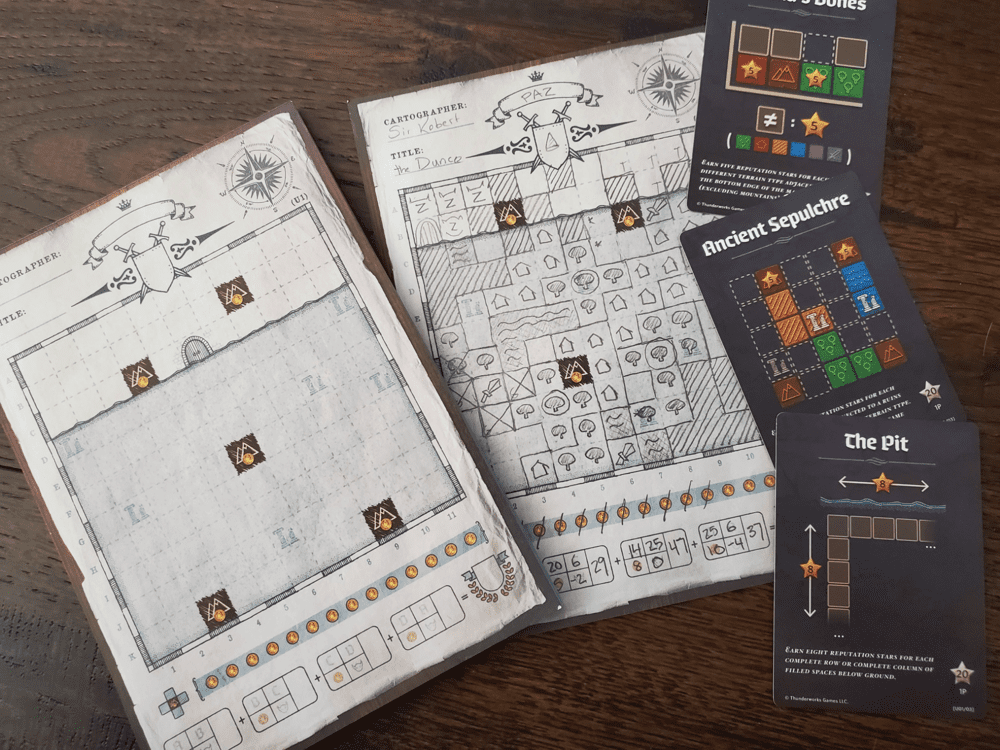
Overall, the Map Packs are a solid addition to the game and a nice refreshment to an already wonderful game. Once the box insert is removed, one additional pad fits into the box. If you had both games, I’d imagine you could come close to fitting four Packs in one box, leaving room for the cards and further expansions in the other. But it’s nice to be able to tote around a couple options.
That’s what Cartographers is made of
Though Cartographers is only four years old, playing feels like an experience much older and more seasoned, but in the best sort of way. There really are no flaws in the game system. Heroes simply adds another layer to the interactivity of the Monsters.
The stakes are higher for the Monsters here as they either cause continuing damage and annoyance or issue a slight boon and the sense of pride at having defeated them. Laying a Hero in position to knock out the final square is reason to celebrate at the table, providing that bit of chatter that gives the game a greater table presence.
I love that everything is compatible with everything. I love that there is even a random map generator on the Thunderworks website for those who might sit around wondering what it would be like to have ten mountains instead of five. This is the sort of game that begs tinkering, and I believe the publication team is doing it well. Map Packs retail for $10, which for a family of five would buy 30 plays. The cost:enjoyment ratio seems like a great fit overall. There are three additional Map Packs available as of this review and a promotional set of Monsters to round out the set, and I have to believe we’ll try them all eventually.
In the meantime, I think Heroes edges out the original by a nose, but I wouldn’t hesitate to grab hold of either title. I rather enjoyed the Volcano of Nebblis and the path continuity of Undercity. I can live without the eye strain on Affril, but that’s not a slight on the gameplay, just the paper presentation itself. No matter what, it’s a game worth trying.


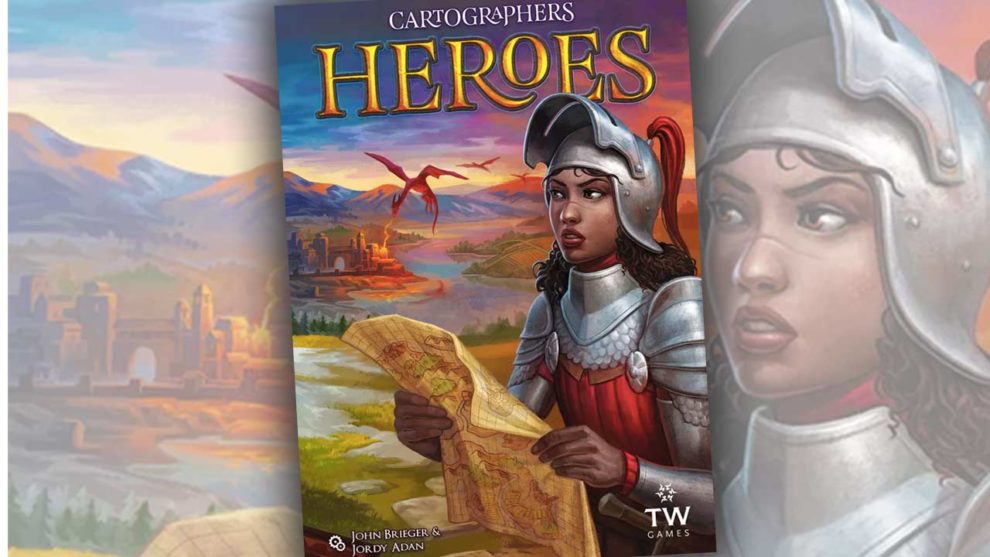



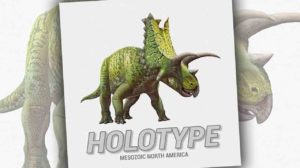





Add Comment